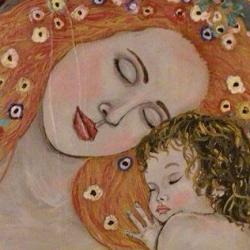From the Internet Encyclopedia of Philosophy: “Developing Freud’s theorisation of sexuality, Lacan’s contention is rather that what psychoanalysis reveals is that human-beings need to learn how and what to desire. Lacanian theory does not deny that infants are always born into the world with basic biological needs that need constant or periodic satisfaction. Lacan’s stress, however, is that, from a very early age, the child’s attempts to satisfy these needs become caught up in the dialectics of its exchanges with others. Because its sense of self is only ever garnered from identifying with the images of these others (or itself in the mirror, as a kind of other), Lacan argues that it demonstrably belongs to humans to desire- directly- as or through another or others. We get a sense of his meaning when we consider such social phenomena as fashion . . . .
“As the squabbling of children more readily testifies, it is fully possible for an object to become desirable for individuals because they perceive that others desire it, such that when these others’ desire is withdrawn, the object also loses its allure. Lacan articulates this ‘decentring’ of desire when he contends that what has happened to the biological needs of the individual is that they have become inseparable from, and importantly subordinated to, the vicissitudes of its demand for the recognition and love of other people. Events as apparently ‘natural’ as the passing or holding back of stool, he remarks in Ecrits, become episodes in the chronicle of the child’s relationship with its parents, expressive of its compliance or rebellion. A hungry child may even refuse to eat food if it perceives that this food is offered less as a token of love than one of its parents’ dissatisfaction or impatience.”















